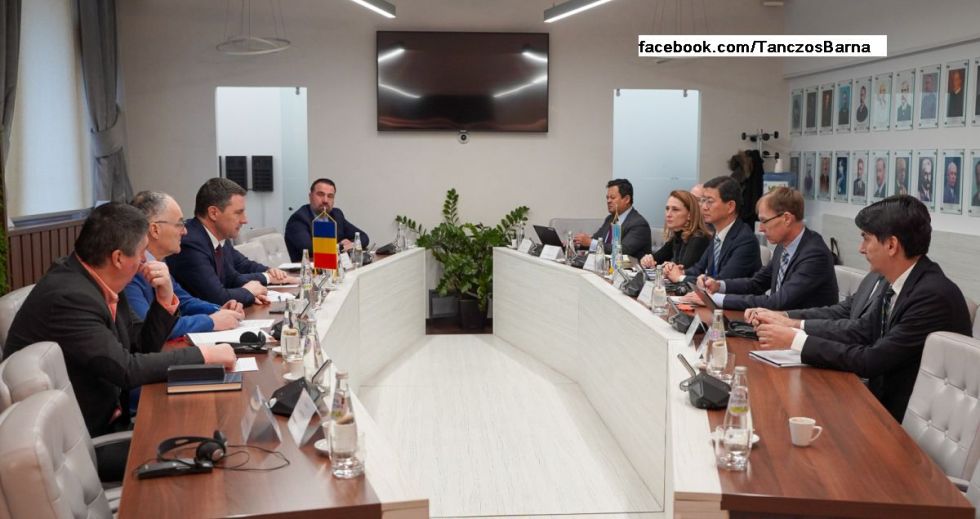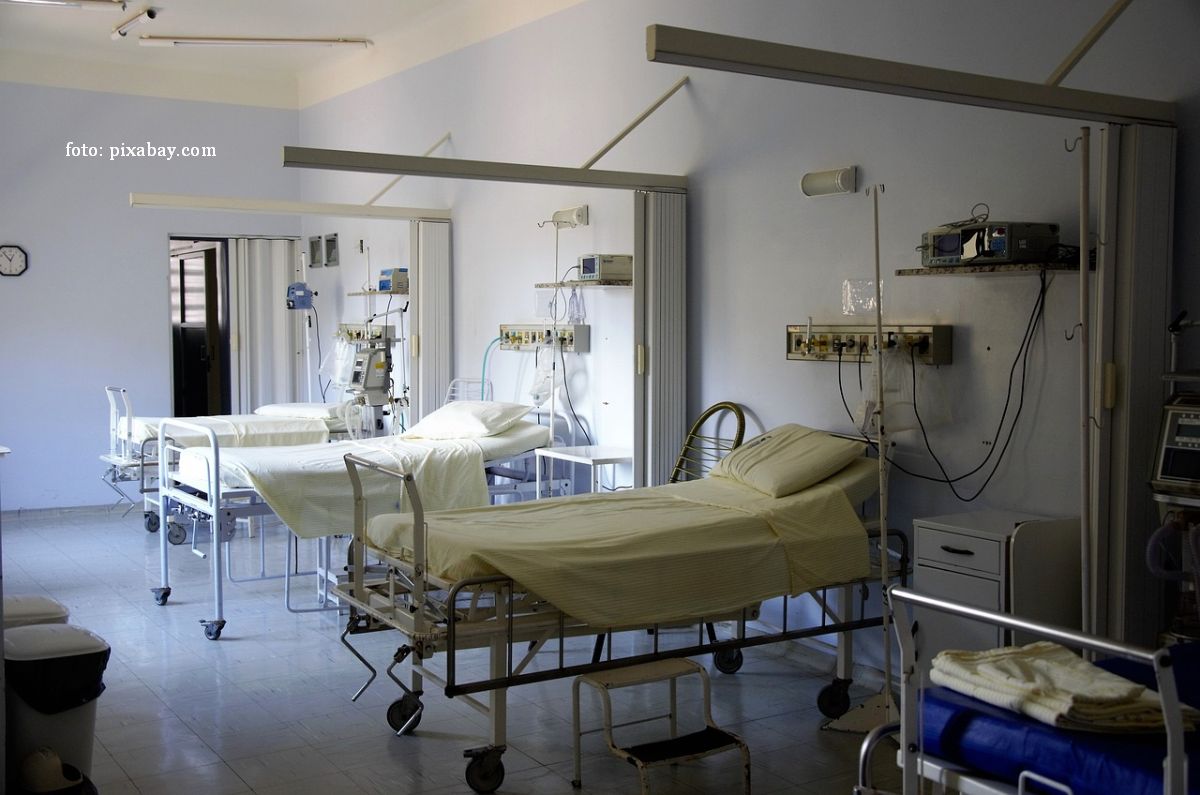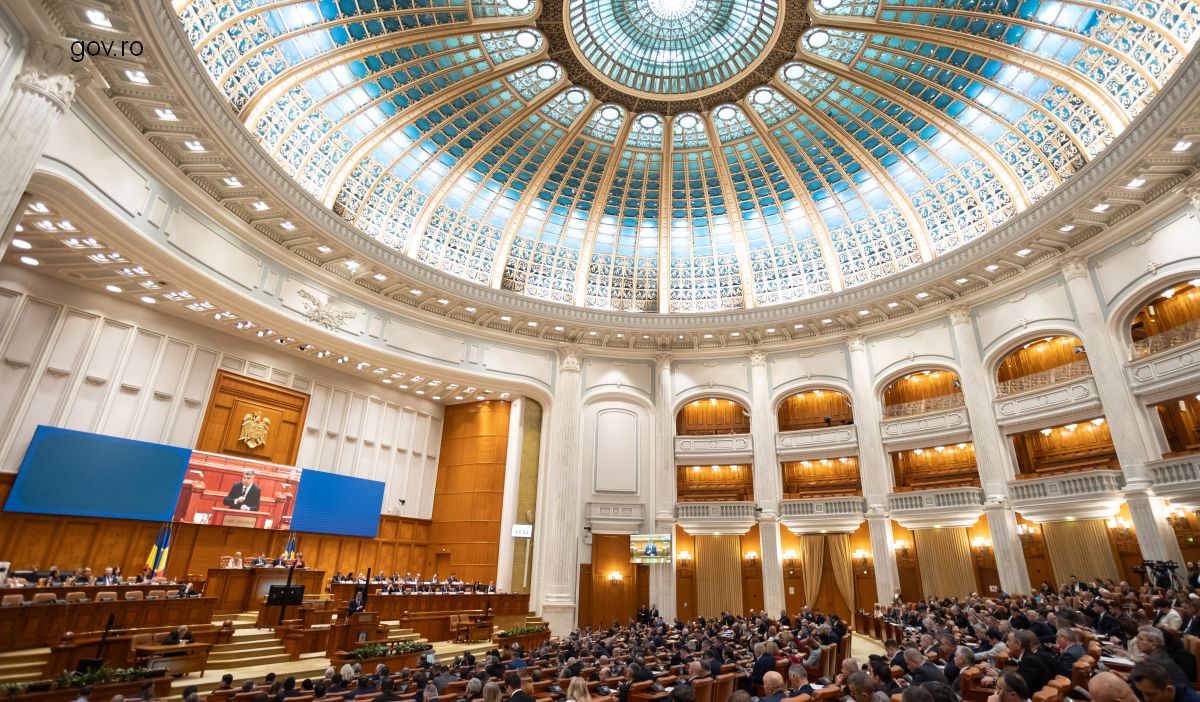Irregularities regarding the exhibition in Assen
Romanian authorities have uncovered irregularities and legal loopholes in their investigation into the robbery of treasure items from a Dutch museum

Ştefan Stoica, 10.02.2025, 13:50
The Dutch police are trying to track down the Romanian treasury artifacts stolen on January 25 from the Drents Museum in Assen. The three suspects detained in this sensitive case refuse to say what they did with the stolen objects, a helmet and three gold bracelets, whereas a fourth suspect, who was identified by the authorities, remains at large. A Dutch art detective believes there is a 50% chance that the thieves have already melted the gold artifacts, fueling the emotion and fears of Romanian authorities regarding the outcome of this investigation. The fact that the police quickly arrested the suspects gives the detective hope that the thieves did not have time to do this, but their insistence on not telling the police where the artifacts are worries him, the Dutch media writes.
The Prime Minister’s Inspection Corps checked the way the National History Museum in Bucharest loaned the items to the Drents Museum and the way the exhibition was organized. The report found irregularities and legal loopholes in terms of protecting cultural heritage, as well as deviations from observing the legal framework regulating the temporary export of classified movable cultural goods. Thus, the investigation revealed that the security and anti-burglary measures and conditions proposed by the Dutch side were not subject to an expert analysis. The situation was caused, on the one hand, by the lack of established norms in this regard and by the lack of establishing specific attributions within the organizational structures and entities involved in approving the move. The analysis of the security measures accepted by the National Museum of History for the organization of the temporary exhibition at the Drents Museum in the Netherlands, compared to those established for the exhibitions in Madrid and Rome, revealed that the measures were less rigorous, at least in terms of ensuring security with specialized 24/7 personnel.
On the other hand, the measures regarding the organization of the exhibition in the Netherlands were not subject to the analysis and formal approval of the board of directors established at museum level. This represents a deviation from the norms regulating the organization and functioning of the National Museum of History of Romania. Last but not least, for some of these items the last reevaluation for insurance purposes was carried out more than 14 years ago, although, according to regulations, the process is supposed to be carried out every 10 years. The findings of the investigation were communicated to the Prosecutor’s Office with the High Court of Cassation and Justice. Against this backdrop, Culture Minister Natalia Intotero said she would call for tighter legislation regulating the conditions under which exhibitions can be held abroad. (VP)






























